Everything you need to know about Latin dancing
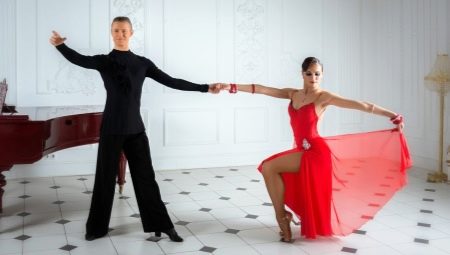
The art of dance came to us a long time ago, today there are a variety of styles that are very popular. Dancing can convey your mood, express a variety of feelings and just get maximum pleasure. Latin style is one of the most passionate, sensual and expressive, all movements are refined and full of incredible energy. We invite your attention to a more detailed acquaintance with this direction in the art of dance.
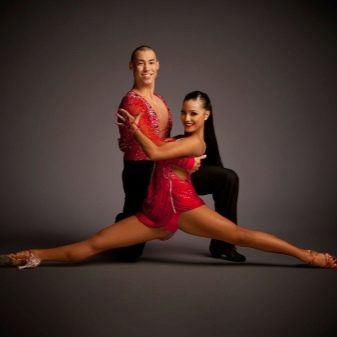
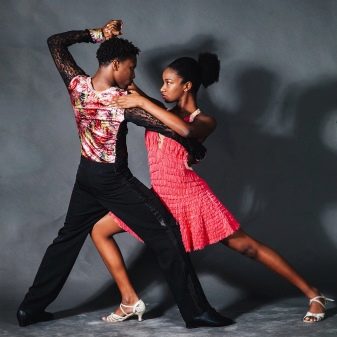
Advantages and disadvantages
Latin dances can be attributed to one of the most emotional and daring, with the help of classes you can liberate yourself, reveal yourself and get a huge boost of energy, despite the fact that this will require a lot of effort. This direction is in great demand at world competitions and contests. It should be noted that the main advantages of Latin dances are their versatility and diversity. Some of them are sensual, full of romance, while others are more relaxed and require courage from the performers. As for the minuses, there are practically none, because dance is a manifestation of oneself, the release of energy through beautiful movements to amazing music.
Some people mistakenly believe that the Latin style is vulgar, but it should be noted that everything depends on the dancers, moreover, the depth can only be revealed by immersion in the history of this art. This direction can be considered one of the most popular, as it is an integral part of dance battles in various countries.

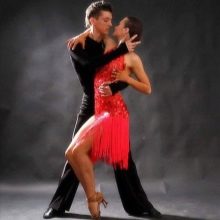
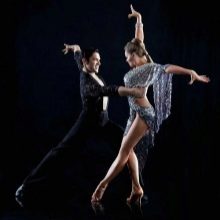
Types and basic movements
If you decide to practice Latin American dances, you should start doing it step by step, but the first step is to choose a subspecies, because Latin is fraught with many directions.
Samba
This dance is familiar to many, it originates in Brazil, where every year for many decades one of the largest carnivals has been organized, which attracts amateurs from all over the world. Samba was originally a slave dance, so the movements were quite frank, but this did not stop the popularization of the movements. It is safe to say that this is a combination of dances from the African settlers of the Brazilian land.
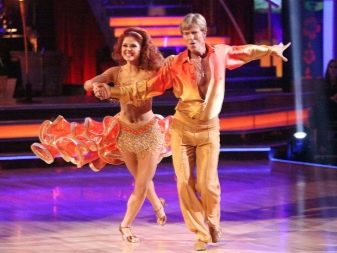
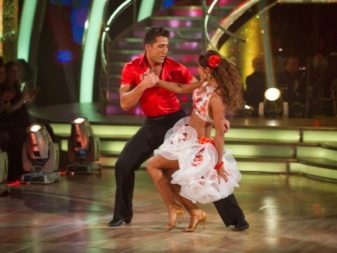
Cha-cha-cha
Surely, everyone who attended dance classes in childhood learned this flirty dance, which resembles a game between partners. Its history began two centuries ago in Cuba.
A striking element that distinguishes this direction from others is the alternation of fast and slow rhythms, most of the movements are focused on swaying the hips, this is really beautiful and attractive.
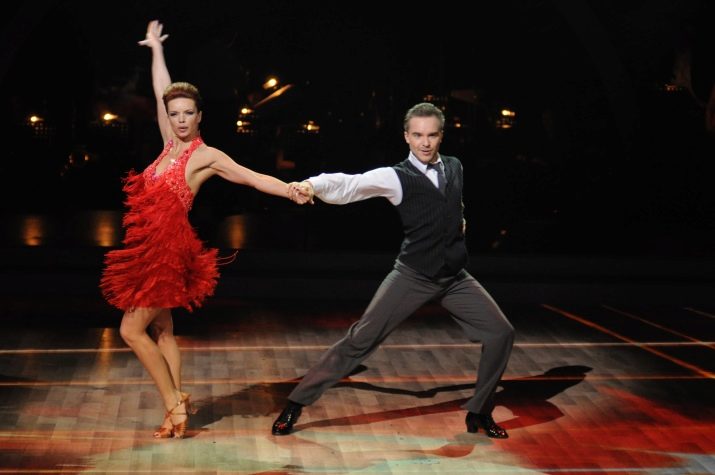
Rumba
The dance of thirst for freedom from captivity, there are many movements that convey love. A characteristic feature of the rumba is the circular movement of the body, over time, sexual elements began to appear in it. The origins of the dance also come from Cuba, but there is a touch of Spain here. The peculiarity lies in the fact that the partner tries to touch his partner with his hips, the latter, in turn, avoids this in every possible way, so the rumba looks like a love game. Some people compare this dance to tango, moreover, it has three varieties.
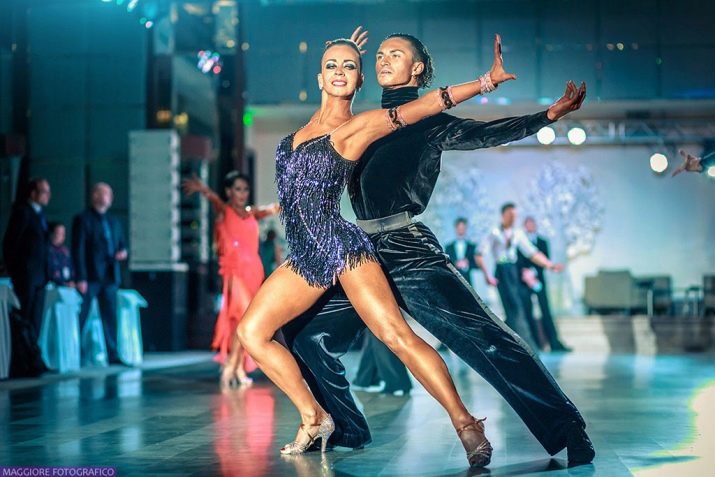
Jive
Perhaps this is one of the fastest and most energetic dances, which belongs to the Latin American program. It was born two centuries ago, some believe that the Indians were the creators, others are of the opinion that this was the idea of African emigrants. It's safe to say that the dance uses elements of rock and roll.
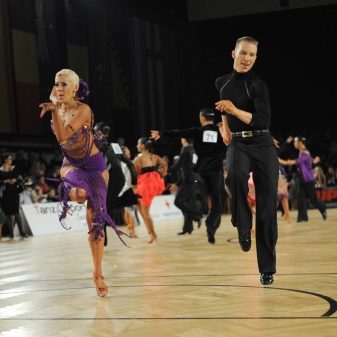
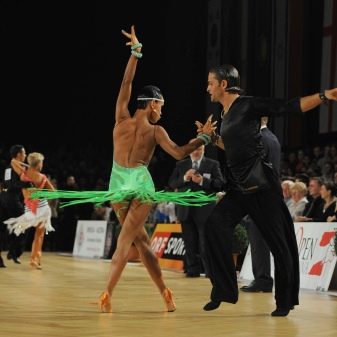
Paso Doble
It is a Spanish version of the Latin, whose movements are reminiscent of bullfighting. A brave bullfighter acts as a participant, whose partner portrays the very red cape that teases. Paso Doble has some differences that make it stand out from other areas. We are talking about the position of the body of the dancers: the shoulders should be lowered, and the chest should be raised, during the movement the head is practically motionless. Some of the elements were borrowed from flamenco.

Salsa
This dance can be safely attributed to the club theme, as it is the "king" among Latin dances. Salsa takes its history at the beginning of the last century in Cuba, an interesting name translates as "sauce", since the customs of Latin and Central America are mixed here. This is one of the subspecies of Latin American dances, which is also divided into several types depending on the elements performed.
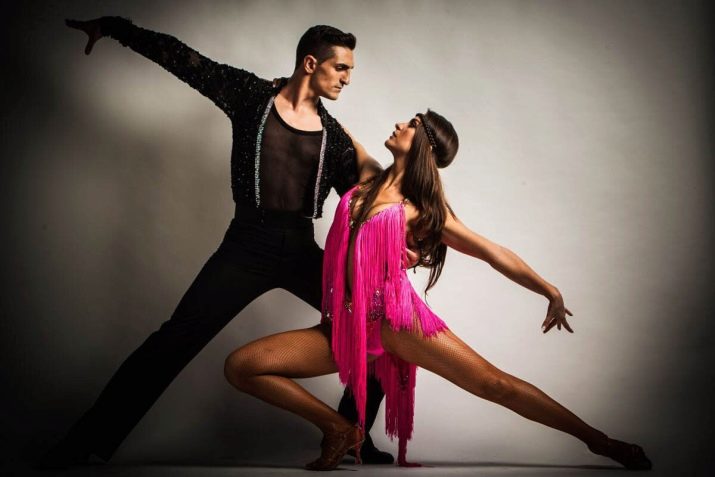
Merengue
It was in the Dominican Republic that this energetic and vibrant style was first invented. Dancers put on a lot of jewelry, perform active circular movements with their hips, rotate their bodies and rhythmically shrug their shoulders at an accelerated pace. Partners should be hugging, so it looks quite intimate and erotic.
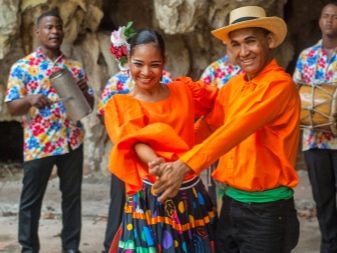
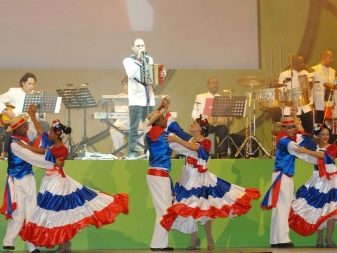
Mambo
This trend has Cuban roots, which, with their history, go back to ancient rites. The first changes to mambo were made in the 40s, when jazz merged with Afro-Cuban rhythms.
This dance is popular all over the world today, it can be performed not only in pairs, but even solo or in a large group, so it is even more fun and spectacular.
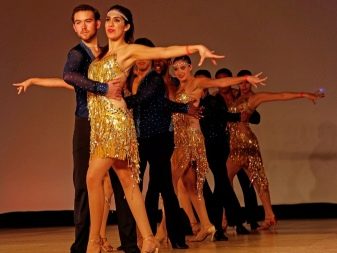
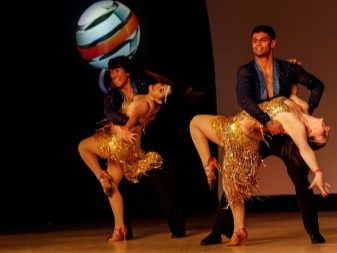
Bachata
From club Latin, this is one of the most romantic trends that emerged in the Dominican Republic. To learn how to move correctly in a particular Latin American style, you just need to start attending lessons and watch master classes, repeating after the teachers. Here, technique is not so important as a great desire and energy, and professionalism will come after. It should be noted that Latina is beautiful in that it is suitable for both adults and children, especially those who plan to perform in competitions, because no ballroom art competition is complete without these dances.
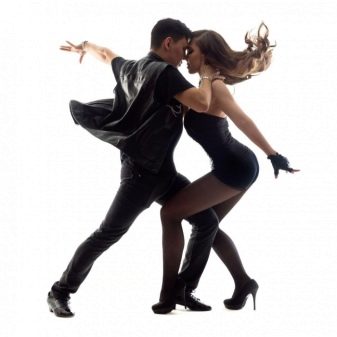
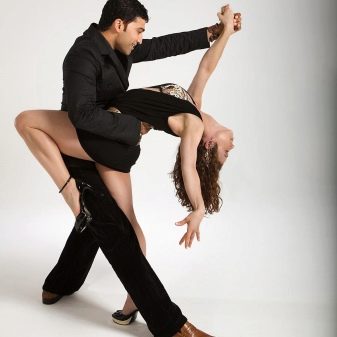
Choice of clothes
This is an important task that needs to be solved with the right approach.... Clothes, like shoes, must meet certain parameters. Of course, a suit must be comfortable so as not to hinder movement and provide comfort. Therefore, you need to make sure that the fabric is sufficiently elastic, while allowing air to pass through and can absorb moisture. When it comes to shoes, it's important to be your size, otherwise you won't be able to practice for a long time. Practicality matters, besides, clothes for dancing are often worn, and during classes you have to sweat, so the costumes will need to be washed often. Make sure the fabric does not warp, discolor, or stretch.
As for the appearance, everything is individual here, the main thing is that the suit fits beautifully on the figure, emphasizes its dignity and guarantees a good mood during classes. In addition, the judges pay special attention to the presentability and appearance of the participant.
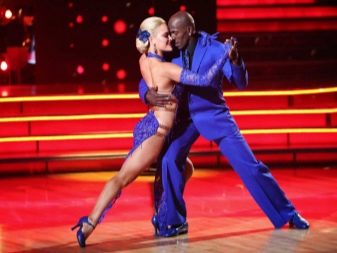
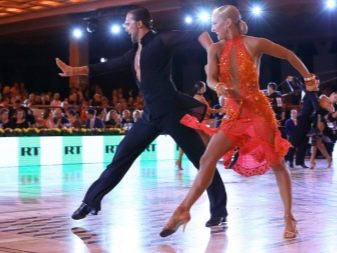
There are several fabric options to consider when choosing a Latin dance costume. A good choice for a child during workouts is a product that contains up to 80% natural fiber. In the classroom, you can get by with cotton T-shirts, especially if you do not plan to practice dancing professionally, but do it just for your own pleasure.
Lycra is used to tailor costumes for professional dancers. Such products are thin, which allows them to beautifully fit the figure. This is an elastic material that does not hinder movement and does not stretch during long-term use. Of course, there is a wide variety of garments on the market, so quality, durability and reliability need to be examined in order to make the right decision.
To perform, girls need a dress, and their partners need special trousers and a shirt.
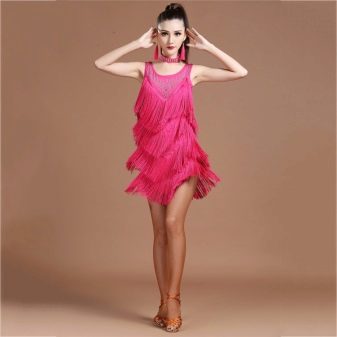
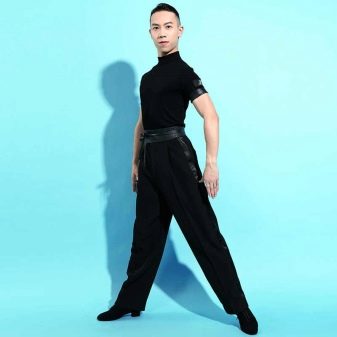
The choice of footwear also plays an important role, the technique of movement and comfort depend on it. Here are some guidelines to help you make the right purchase. There are special shoes for Latin American dances. For beginners, it is better to use gym shoes to learn how to put a foot and not worry about their own safety. But to master professional skills, it is better to switch to high-quality shoes with heels (for women), which have genuine leather soles. Shoes should not slip, the heel is low, stable, and the size is perfect. For men, there are also shoes with a slight rise, you should choose quality, reliability and durability.
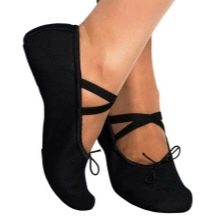
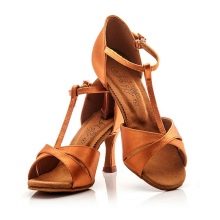
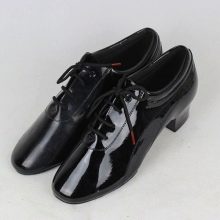
Tips for Beginners
You don't have to go to a studio to learn how to dance, especially if you don't have one in your city. You can start learning from scratch at home by watching master classes, of which there are quite a few on the Internet. If you have a desire and you have set a goal that you are ready to achieve, then everything will definitely work out. Many are worried about physical unpreparedness, but it is not necessary to learn complex movements, you can start with the simplest, so that the body begins to get used to it, and the muscles develop. The first step is to decide on the type of Latin American dance, so as not to learn mixed elements. Of course, the availability of suitable footwear and clothing would be appreciated.
Experts recommend starting training with cha-cha-cha, after which you can move on to paso doble or rumba... Of course, you need free time and space to learn the movements. Choose themed music that you like: it will inspire you to move closer and closer to your goal. Consistency plays an important role, it is thanks to him that you can work out turns, learn to control the body and improve your own skills. Do not worry if you do not have a partner, you can start on your own, and then find a like-minded person to enjoy the dance as a couple. If you want to do this on a more professional level, look for an experienced specialist who will not only show you the movements, but will also correct you, correct mistakes and help you master Latin.
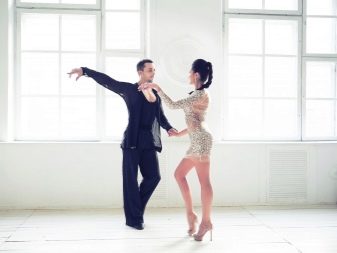

For how to learn the basic movements of Latin American dances, see the next video.








